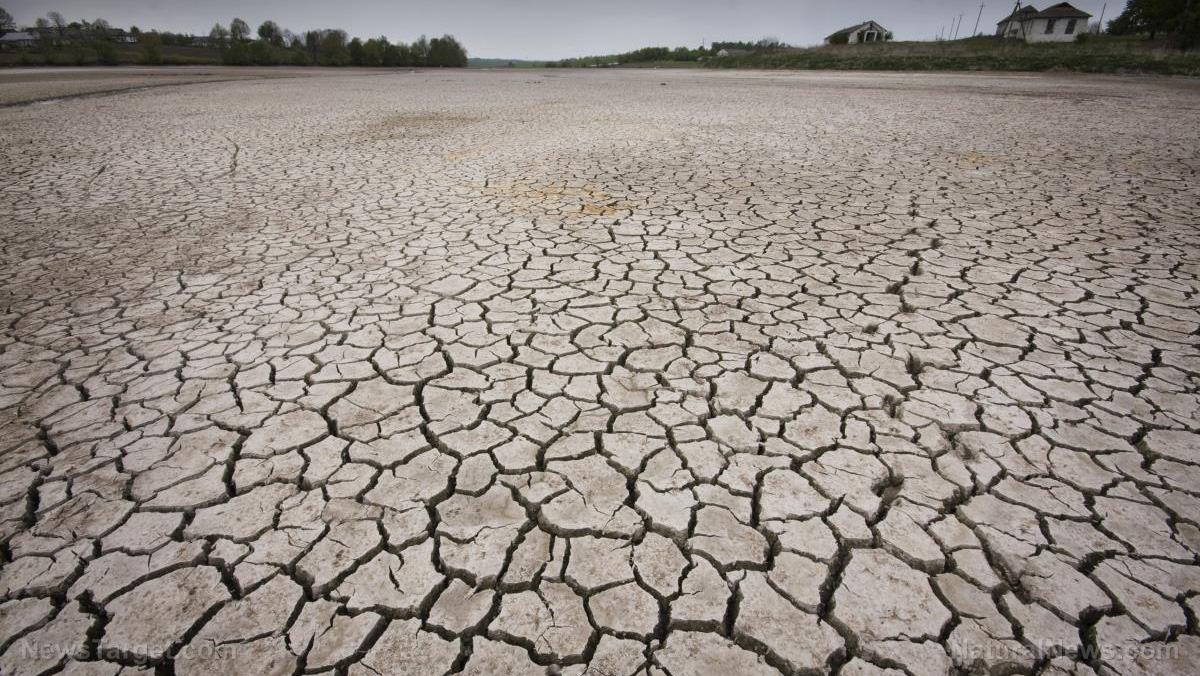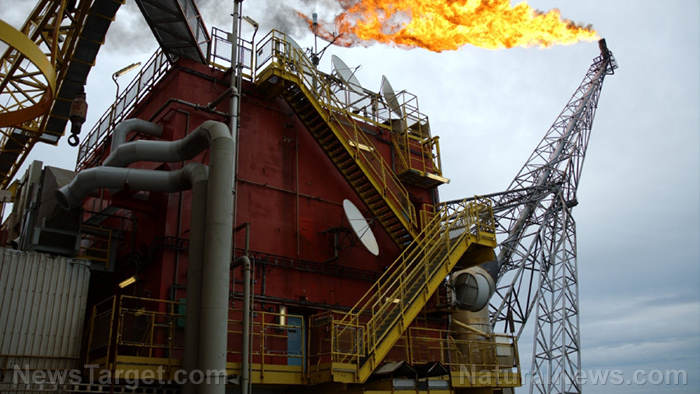Magnetic field reversal and the solar minimum may lead to extinction-level event, study suggests
06/20/2022 / By Virgilio Marin

An international team of researchers suggests that low solar activity and the reversal of the magnetic field together may have cataclysmic effects that can spell the end of life. In a study recently published in the journal Science, the researchers detailed how the decline of the archaic Neanderthals and extinction of megafauna may be linked to the solar minimum a long time ago and the Laschamp excursion, a period around 42,000 years ago in which Earth’s magnetic field temporarily flipped.
Re-examining the impact of a magnetic field reversal
Earth’s magnetic field serves as a protective shield against harmful cosmic radiation. But when it flips, it becomes weaker and leaves the planet exposed to higher levels of radiation. This is the scenario for roughly 1,000 years during Laschamp.
Past studies suggest that this event had little impact on the planet. But according to the researchers, that’s possibly because the focus was not on the period during which the poles were actually shifting.
The researchers then performed radiocarbon analyses of the rings of ancient kauri trees in New Zealand to reevaluate the impact of Laschamp. This allowed them to track over time the rise in atmospheric levels of carbon-14 that was produced by increased cosmic radiation. The researchers then compared these carbon levels with numerous geologic records from all over the world to date significant atmospheric changes around the time.
Analysis showed that an array of major environmental changes happened at the same time carbon-14 levels peaked. Some of those changes include a massive growth of the North American ice sheet, a shift in the western Pacific’s tropical rain belts and a drying out in Australia, said Chris Turney, a professor of earth science at the University of New South Wales and one of the study researchers. (Related: Amazing Earth: The planet’s magnetic poles can flip more frequently than originally thought.)

Ice core records also suggest that dips in solar activity, known as the grand solar minima, coincided with Laschamp. Such dips can also have significant effects on the planet as the sun becomes unstable during those periods – it can emit solar flares and coronal mass ejections that bring higher levels of radiation to Earth.
The researchers then used a model to see what would happen if solar activity plummeted at the same time as the magnetic field disappeared. The model showed that the combination of these two events might have depleted the ozone layer and triggered climate shifts, electrical storms and widespread auroras.
The team suspects that these environmental changes potentially accelerated the growth of ice sheets and contributed to the extinction of Australian megafauna and the gradual decline of the Neanderthals. They also linked these changes to the increased use of caves as shelter and the emergence of red ocher handprints for cave art and sunscreen.
“It probably would have seemed like the end of days,” Turney said.
That those seemingly random cosmic events 42,000 years ago appear to be connected led the researchers to call this intricate mosaic of a period the “Adams Event.” The name is a tribute to science fiction writer Douglas Adams, who wrote in his book “The Hitchhiker’s Guide to the Galaxy” that the number “42” is the answer to the mysteries of the universe.
What happens if the magnetic field flips now?
Some experts believe that Earth’s magnetic field may flip relatively soon. This protective shield already weakened by around nine percent for the past 170 years, and the presence of the South Atlantic Anomaly – a weak spot in the magnetic field just above South America and the South Atlantic Ocean, which has been growing as of late – is further stoking concerns.
If the magnetic field reverses, satellite networks and power grids will be the most affected. Even now when the magnetic field still mostly stable, solar storms are already damaging satellites, causing power outages and interrupting radio communications. In March 1989, for example, a coronal mass ejection triggered a widespread power failure that cut off electrical supply to over six million people in Canada and across the northeastern U.S. for nine hours.
A magnetic field flip can also affect humans and animals. Increased levels of radiation can potentially increase skin cancer cases while animals like bees, whales and turtles that rely on geomagnetism for navigation might not be able to cope with the reversal.
It’s clear that the reversal of Earth’s magnetic field poses a great threat to humanity. Learn more about potential disaster scenarios during a magnetic field flip and other catastrophic events at Disaster.news.
Sources include:
Submit a correction >>
Tagged Under:
coronal mass ejection, cosmic, Earth, environment, extinction, Laschamp excursion, magnetic field, magnetic field reversal, magnetic reversal, natural disasters, neanderthals, physics, pole shift, power grid, Power Outage, research, solar flare, solar minimum, solar storms, Space, weird science
This article may contain statements that reflect the opinion of the author
RECENT NEWS & ARTICLES
COPYRIGHT © 2017 COLLAPSE.NEWS
All content posted on this site is protected under Free Speech. Collapse.news is not responsible for content written by contributing authors. The information on this site is provided for educational and entertainment purposes only. It is not intended as a substitute for professional advice of any kind. Collapse.news assumes no responsibility for the use or misuse of this material. All trademarks, registered trademarks and service marks mentioned on this site are the property of their respective owners.





















